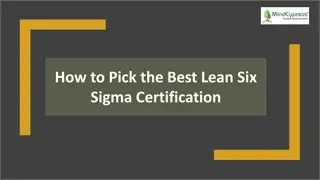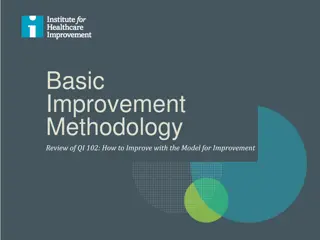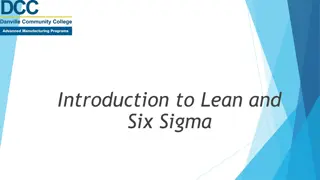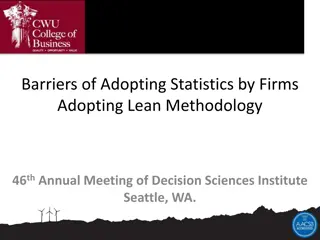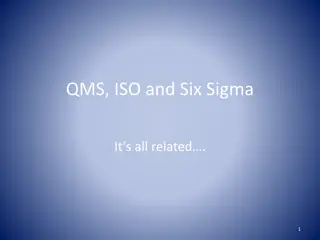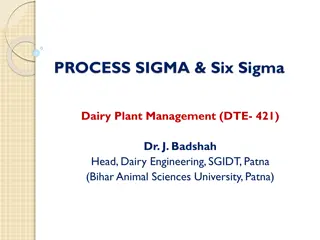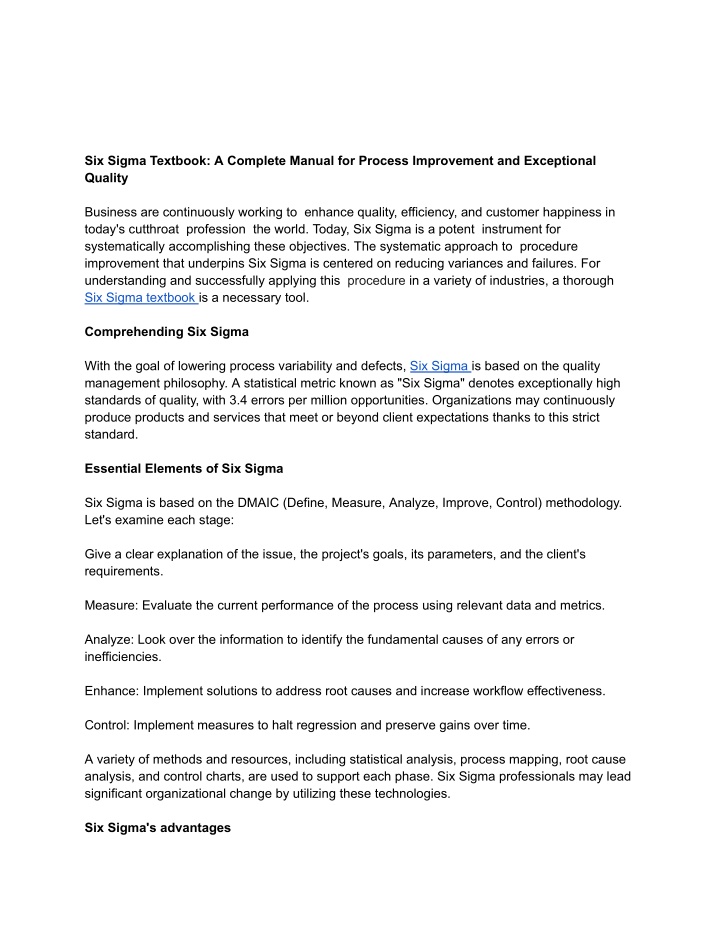
Six Sigma Textbook_ A Complete Manual for Process Improvement
Business are continuously working to enhance quality, efficiency, and customer happiness in today's cutthroat profession the world. Today, Six Sigma is a potent instrument for systematically accomplishing these objectives. The systematic approach to
Download Presentation

Please find below an Image/Link to download the presentation.
The content on the website is provided AS IS for your information and personal use only. It may not be sold, licensed, or shared on other websites without obtaining consent from the author. If you encounter any issues during the download, it is possible that the publisher has removed the file from their server.
You are allowed to download the files provided on this website for personal or commercial use, subject to the condition that they are used lawfully. All files are the property of their respective owners.
The content on the website is provided AS IS for your information and personal use only. It may not be sold, licensed, or shared on other websites without obtaining consent from the author.
E N D
Presentation Transcript
Six Sigma Textbook: A Complete Manual for Process Improvement and Exceptional Quality Business are continuously working to enhance quality, efficiency, and customer happiness in today's cutthroat profession the world. Today, Six Sigma is a potent instrument for systematically accomplishing these objectives. The systematic approach to procedure improvement that underpins Six Sigma is centered on reducing variances and failures. For understanding and successfully applying this procedure in a variety of industries, a thorough Six Sigma textbook is a necessary tool. Comprehending Six Sigma With the goal of lowering process variability and defects, Six Sigma is based on the quality management philosophy. A statistical metric known as "Six Sigma" denotes exceptionally high standards of quality, with 3.4 errors per million opportunities. Organizations may continuously produce products and services that meet or beyond client expectations thanks to this strict standard. Essential Elements of Six Sigma Six Sigma is based on the DMAIC (Define, Measure, Analyze, Improve, Control) methodology. Let's examine each stage: Give a clear explanation of the issue, the project's goals, its parameters, and the client's requirements. Measure: Evaluate the current performance of the process using relevant data and metrics. Analyze: Look over the information to identify the fundamental causes of any errors or inefficiencies. Enhance: Implement solutions to address root causes and increase workflow effectiveness. Control: Implement measures to halt regression and preserve gains over time. A variety of methods and resources, including statistical analysis, process mapping, root cause analysis, and control charts, are used to support each phase. Six Sigma professionals may lead significant organizational change by utilizing these technologies. Six Sigma's advantages
Adopting Six Sigma has numerous advantages. Better Quality: Organizations can provide goods and services of a higher caliber by cutting down on errors and unpredictability. Enhanced Efficiency: Streamlined processes lead to less waste and increased efficiency. Cost savings: Rework, warranty claims, and customer complaints can all be reduced when there are fewer problems. Customer satisfaction: When customers' requirements are regularly met or surpassed, loyalty and trust are developed. Organizational Growth: Innovation is stimulated and organizational growth is propelled by a culture of continual improvement. Using Six Sigma A deliberate approach to training and development, specialized resources, and the support of higher management are all necessary for the successful application of Six Sigma. Who Requires to Refer to the Six Sigma Handbook? This approach requires a thorough understanding of Six Sigma methodology, which may be found in a comprehensive textbook with case studies and real-world examples that clarify concepts. Students: Those majoring in quality management, industrial engineering, or business administration can pick up fundamental information and practical insights. Professionals: Those looking to progress their professions in manufacturing, healthcare, finance, and other industries can obtain Six Sigma certification. Organizational Leaders: Executives and managers are capable of implementing change, leading Six Sigma initiatives, and achieving strategic objectives. In summary To sum up, a Six Sigma textbook is an invaluable resource for anyone trying to optimize processes and attain quality excellence. It gives people and organizations the instruments, approaches, and frame of mind required to prosper in the cutthroat world of today. Whether you want to improve your skills or are just starting out with Six Sigma, purchasing this material can help you.

